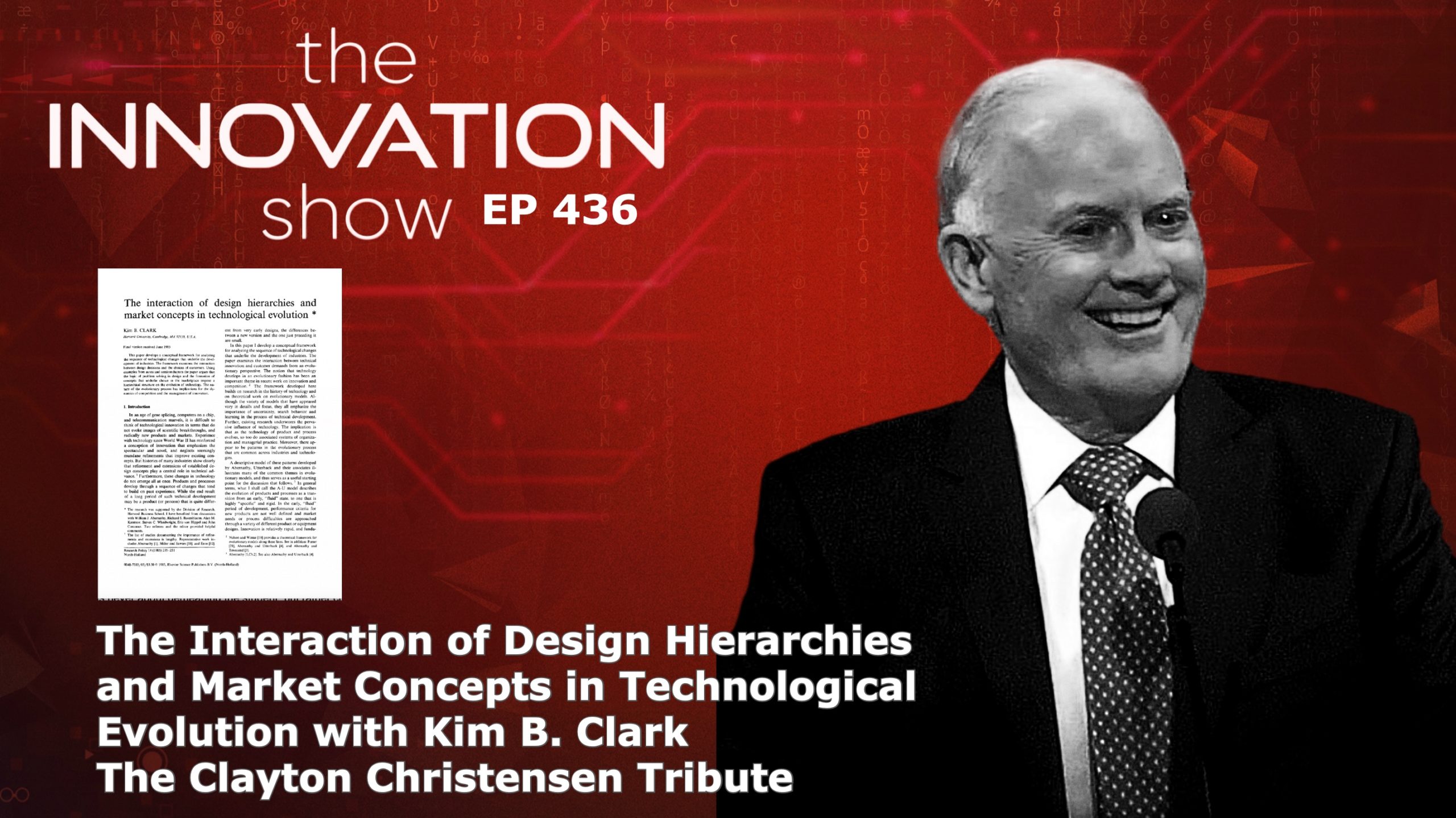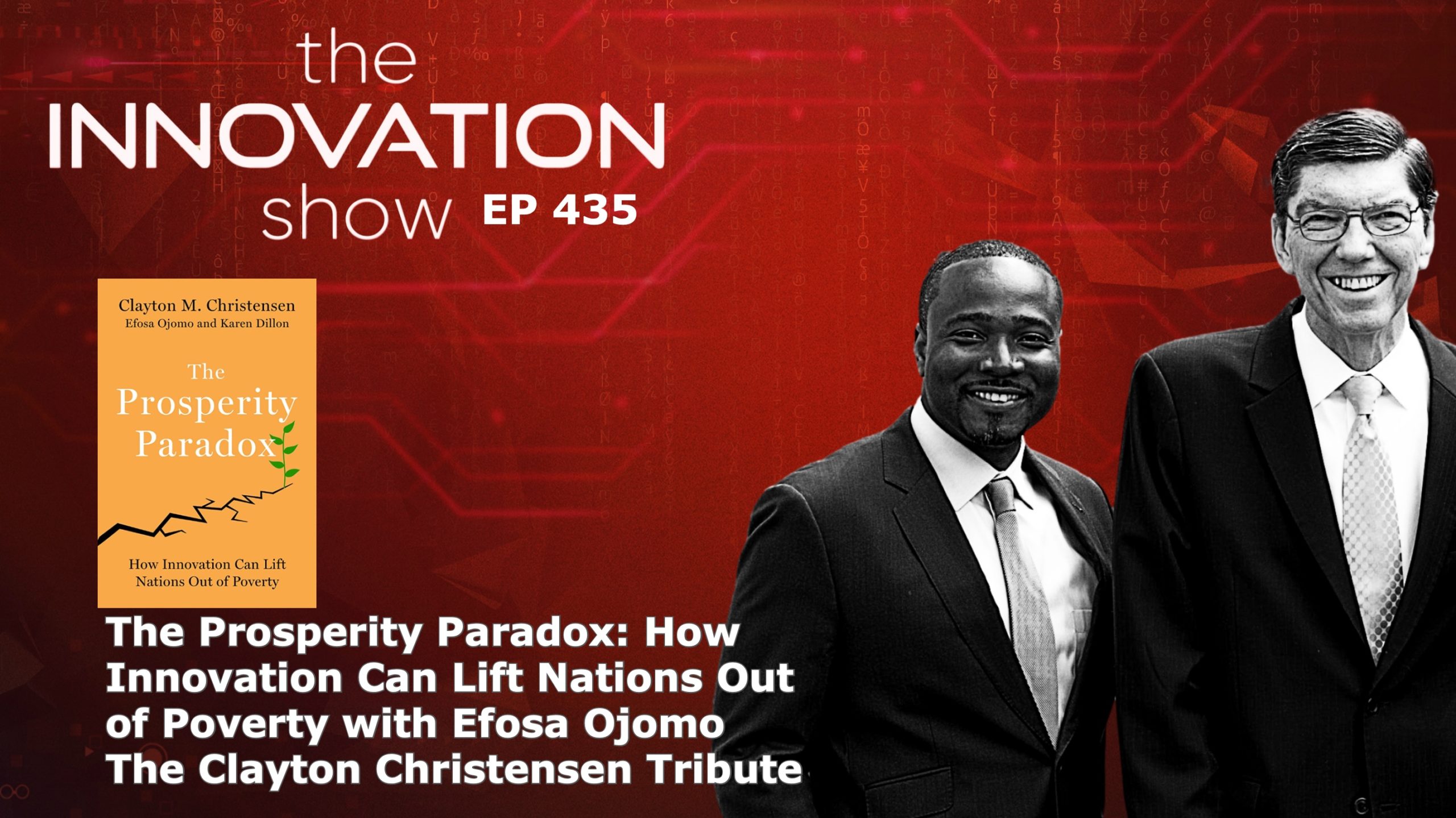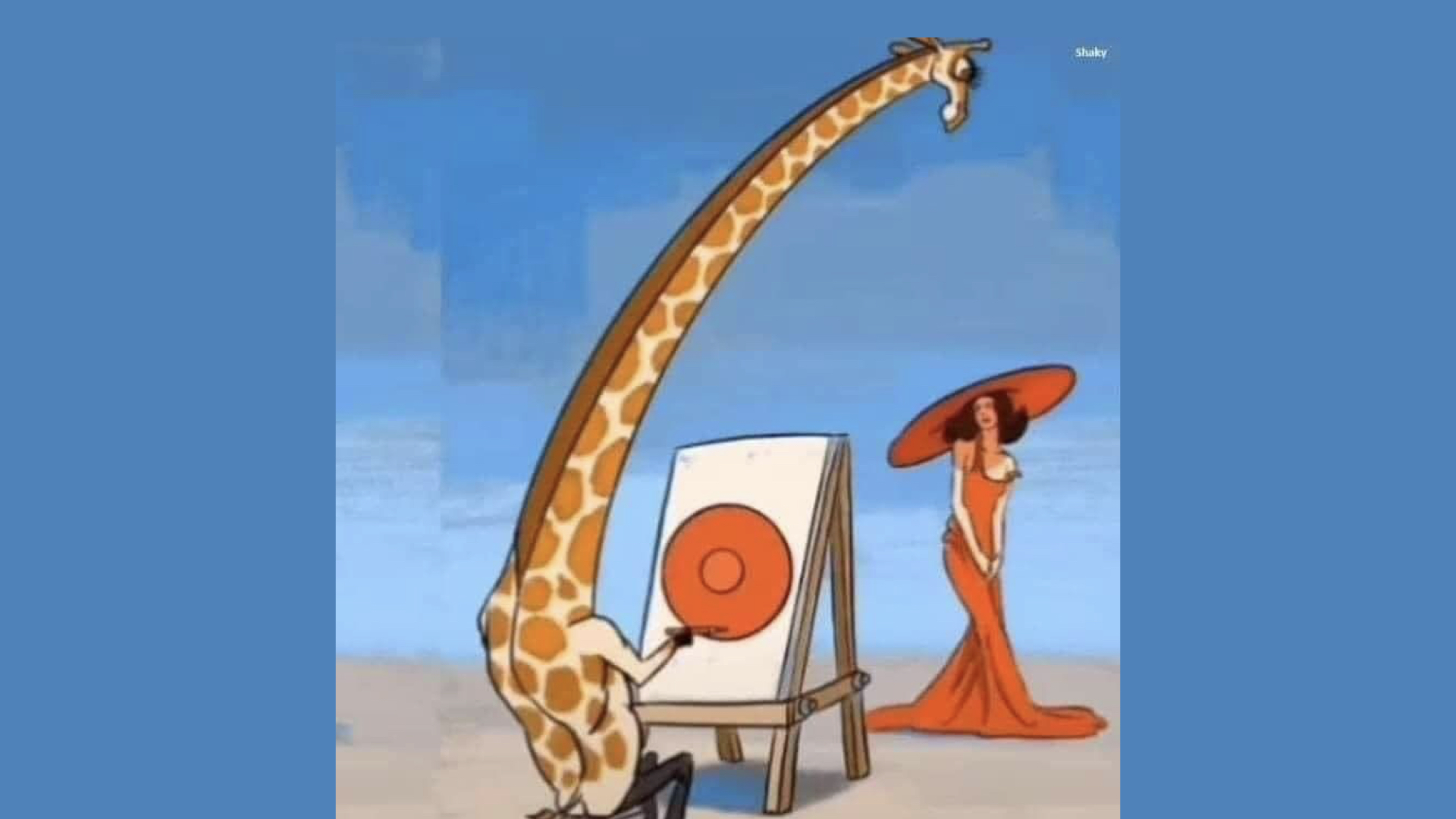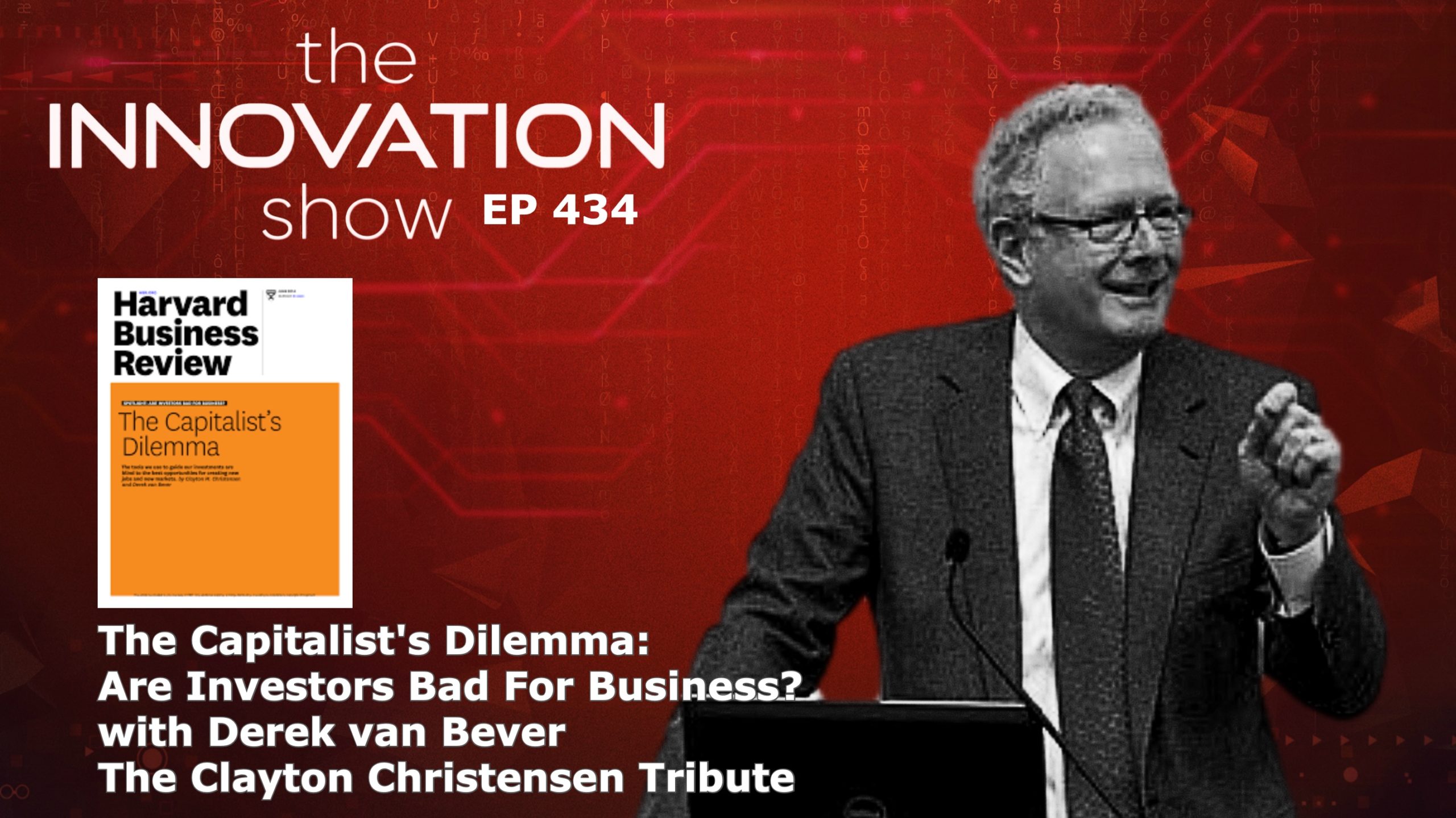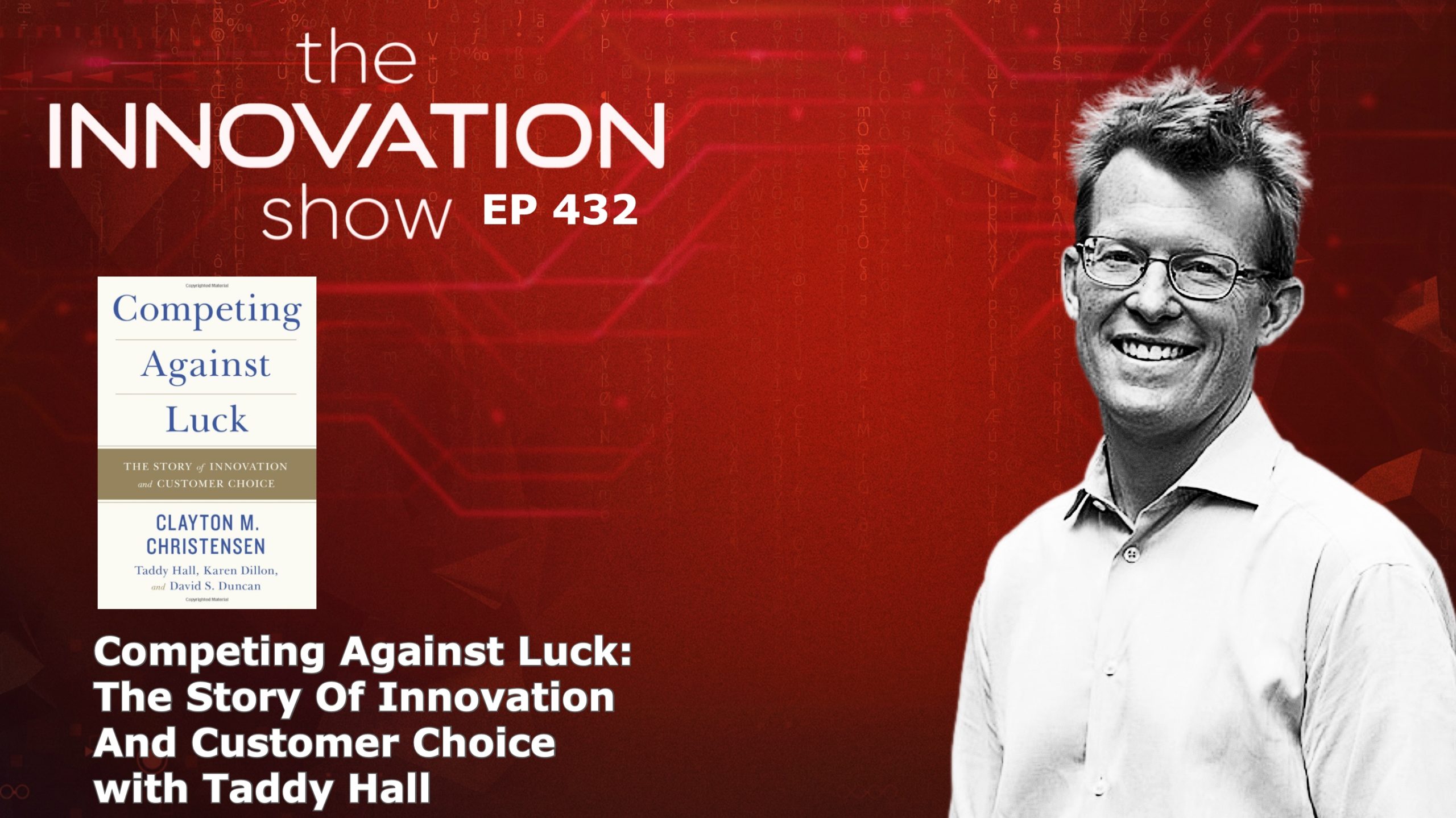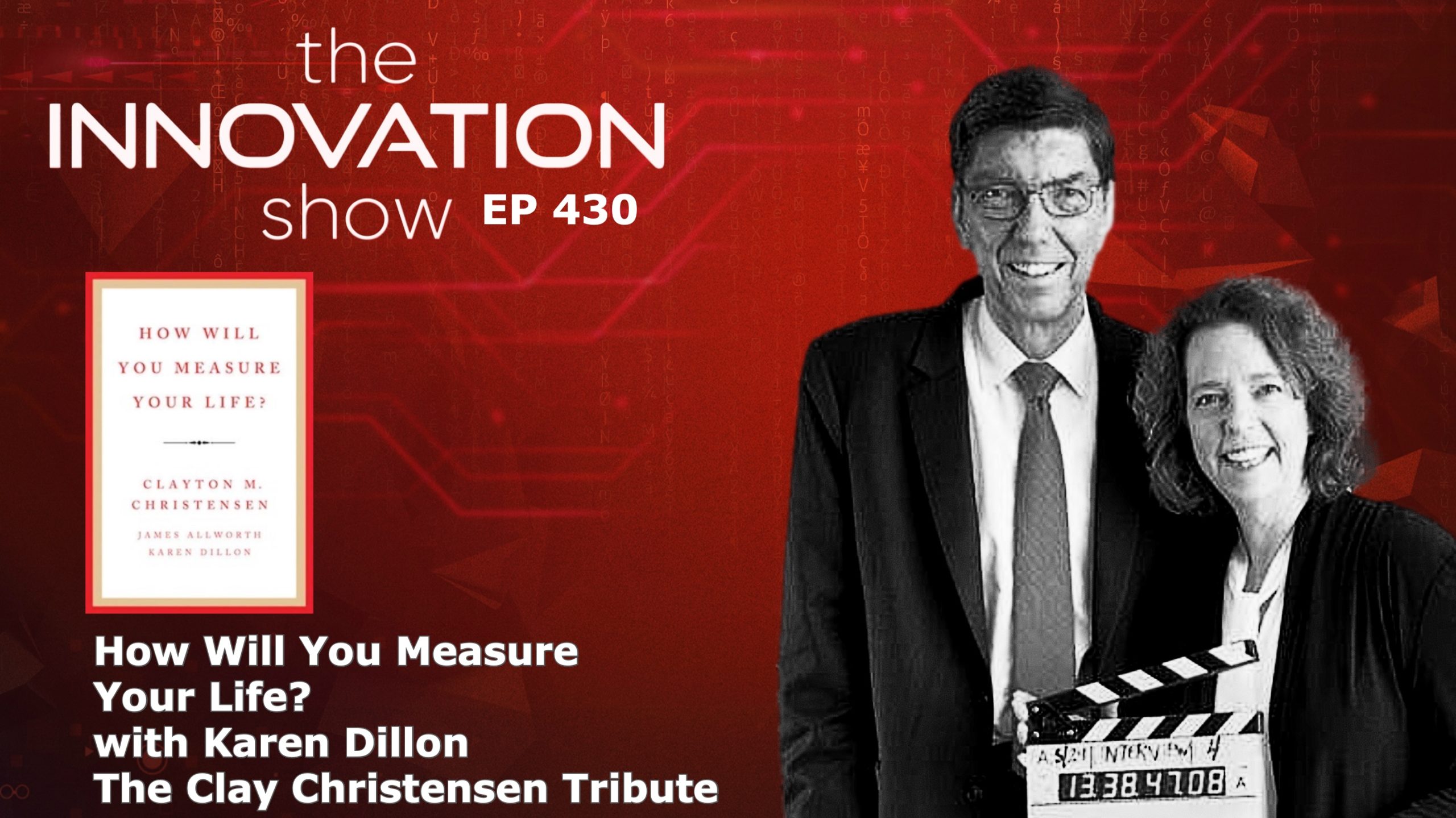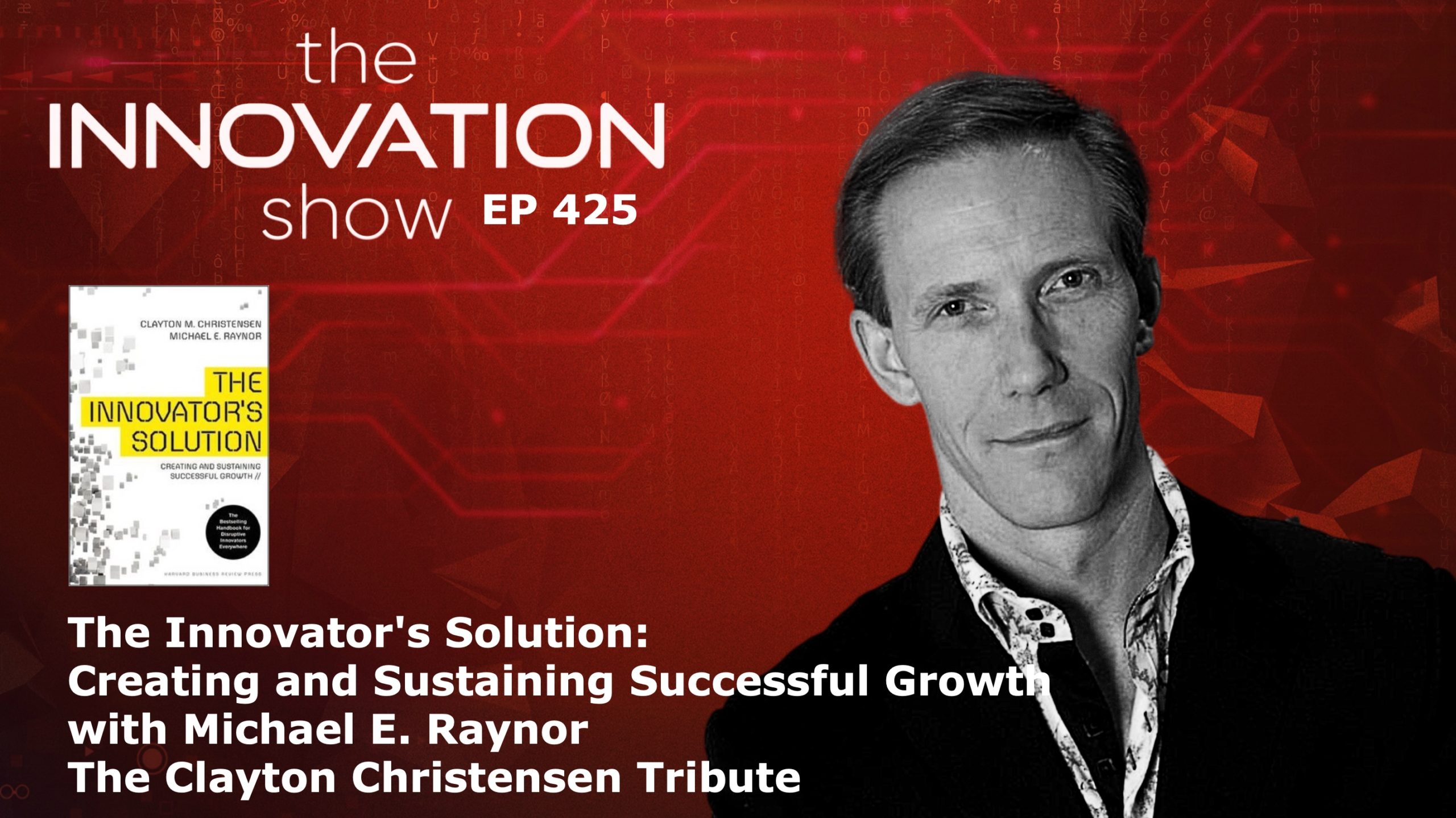Kim Bryce Clark is with us to celebrate the life and theories of his friend Clayton Christensen and, indeed, share some of his theories.
Posted 3 years ago Tagged Aidan McCullen Business Clayton Christensen Efosa Ojomo Entrepreneurship Innovation Leadership Prosperity Paradox Technology Undisruptable
It’s a pleasure to welcome the co-author of The Prosperity Paradox: How Innovation Can Lift Nations Out of Poverty, Efosa Ojomo
Posted 3 years ago Tagged Aidan McCullen Business Clayton Christensen Disruption Innovation Leadership Strategy Transformation
History is replete with examples where bankrupt organisations had all the ingredients they needed to endure, but their perspective biased their evaluation. In many cases, engineers at established firms had invented the same technology that led to their firm’s demise. However, the entrants led the commercialisation of disruptive technologies rather than incumbents because of the relativity problem.
Posted 3 years ago Tagged Aidan McCullen Business Capitalists Dilemma Clayton Christensen Corporate Culture Derek Van Bever Disruption Entrepreneurship Human Potential Innovation Leadership Stall Points Technology Transformation Undisruptable
It is a pleasure to welcome a great friend of Clay Christensen, yet another soul deeply touched by the man, the author of “Stall points” and author of the 2014 paper, The Capitalist’s Dilemma, Derek van Bever.
Posted 3 years ago Tagged Aidan McCullen Business Clayton Christensen Competing Against Luck Entrepreneurship Human Potential Innovation Jobs To be Done Leadership Taddy Hall Technology Undisruptable
Today’s book is a book about progress.
Yes, it’s a book about innovation—and how to get better at it.
But at its core, this book is about the struggles we all face to make progress in our lives.
If you’re like many entrepreneurs and managers, the word “progress” might not spring to mind when you’re trying to innovate.
Posted 3 years ago Tagged Aidan McCullen Business Corporate Culture Innovation Leadership Sports Academies are like Innovation and Incubation Labs Strategy Transformation
Sports Academies are like Innovation and Incubation Labs
Posted 3 years ago Tagged Aidan McCullen Business Clayton Christensen Corporate Culture Disruption Entrepreneurship HBR How Will You Measure Your Life Innovation Karen Dillon Leadership Strategy Technology Transformation
Karen Dillon joins us to share concepts from her book How Will You Measure you Life co-authored with her friend, Clay Christensen
Posted 3 years ago Tagged Aidan McCullen Business Disruption Entrepreneurship Guillaume Apollinaire Butterflies Honda Emergent Strategy Innovation Leadership Strategy Transformation
“Butterflies, for all their graces, are merely caterpillars who persevere.” Guillaume Apollinaire, Honda and the emergent strategy in America.
Posted 3 years ago Tagged Aidan McCullen Business Clayton Christensen Disruption Disruptive Innovation Entrepreneurship Innovation Leadership Michael Raynor Strategy Technology The Innovator's Solution Transformation
The Innovator’s Solution summarises a set of theories that can guide managers who need to grow new businesses with predictable success—to become the disruptors rather than the disruptees—and ultimately kill the well-run, established competitors. To succeed predictably, disruptors must be good theorists. As they shape their growth business to be disruptive, they must align every critical process and decision to fit the disruptive circumstance.
Posted 3 years ago Tagged Apoptosis Business Corporate Culture Disruption Entrepreneurship Innovation Transformation
Apoptosis provides a fitting metaphor for what must happen in organisations to survive continuous cycles of change. Rather than letting the entire organisation die, the corporate body’s sectors, departments, and business units must regularly renew, just like a human body. Like any healthy process, the end of one cycle is the beginning of another, and it is better to embrace this law than to resist it. Easier said than done.
